This website uses cookies so that we can provide you with the best user experience possible. Cookie information is stored in your browser and performs functions such as recognising you when you return to our website and helping our team to understand which sections of the website you find most interesting and useful.
Tag: creativity
-
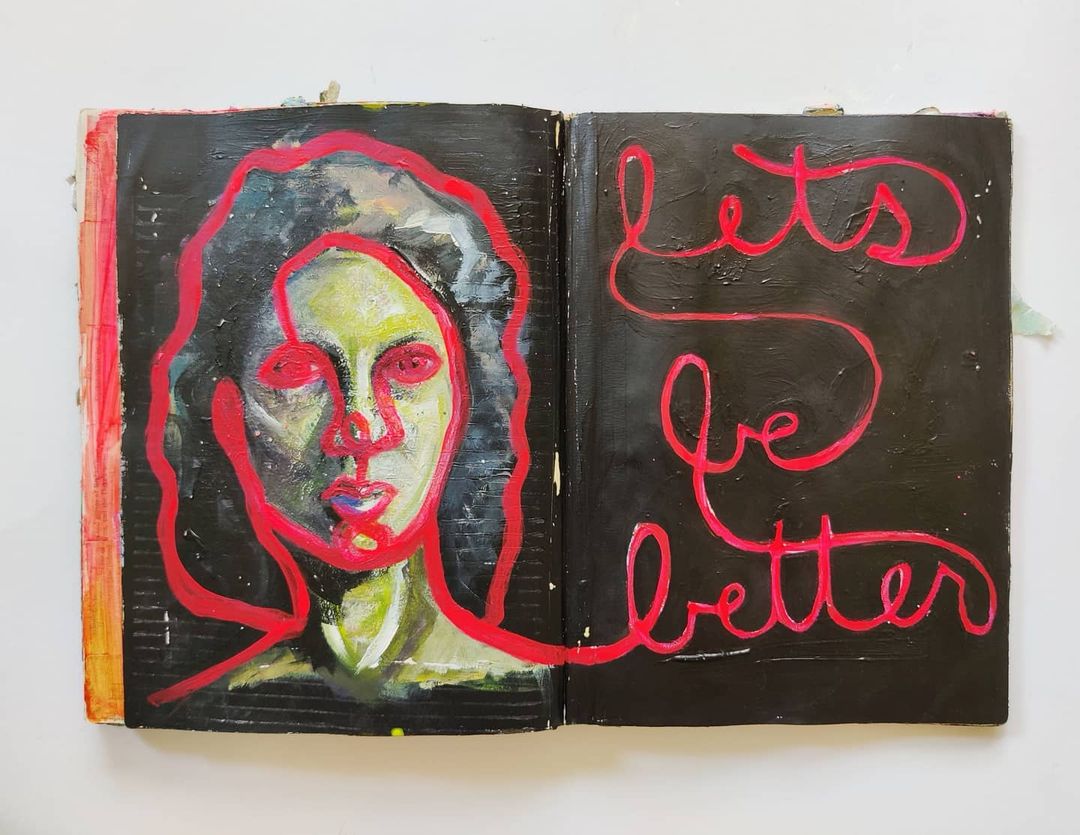
More Creation, Less Perfectionism
•
What if we redefined “perfection” as actually leaning into the messiness and the emotion of existence? Maybe perfection is actually showing up as, and celebrating, the whole complicated human you are.
-
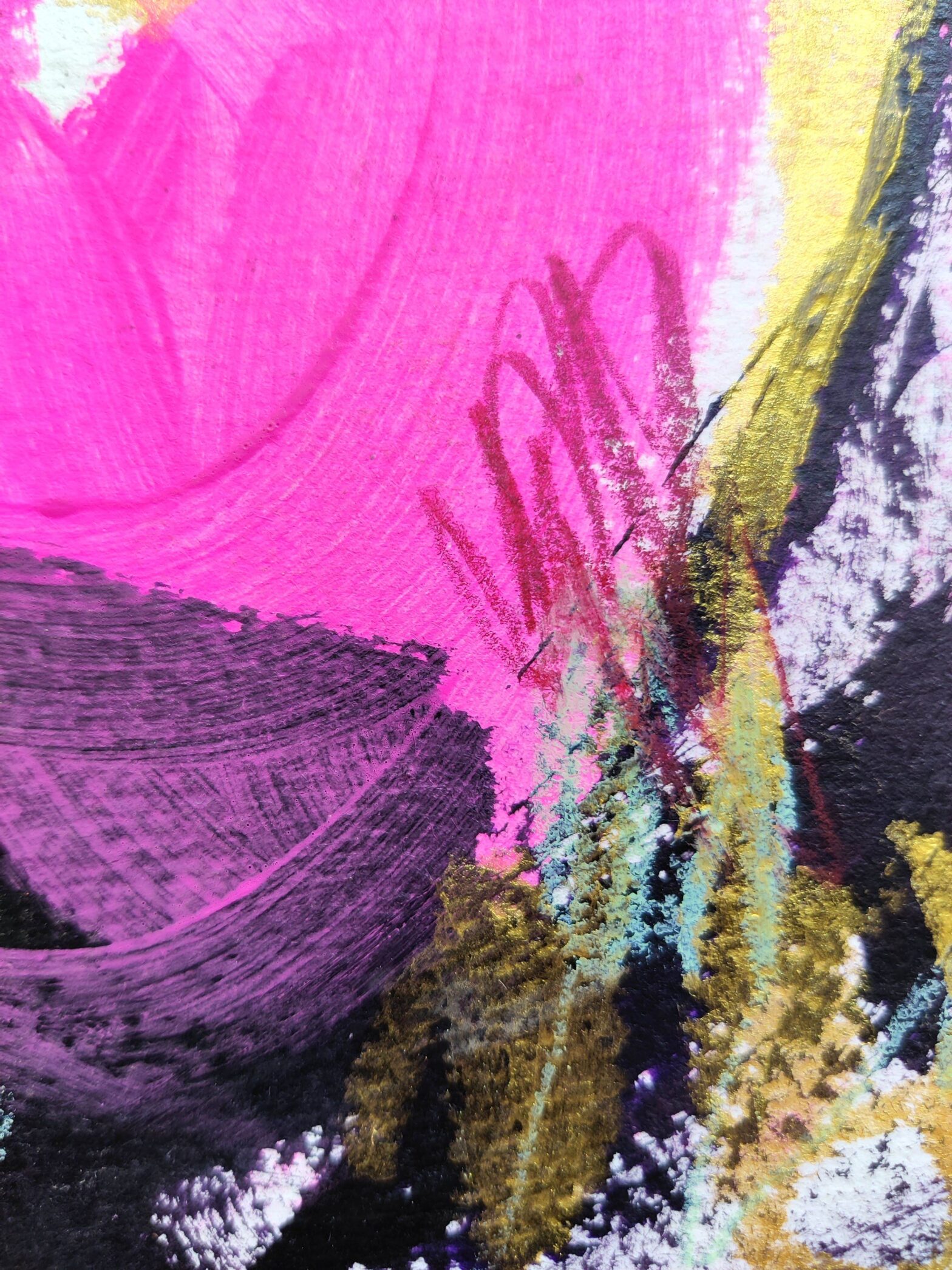
Details
•
Within each piece I make, there are scores of unintentional mini compositions. I love looking for the most interesting bits and studying how the layers, colors, and textures meet one another.
-
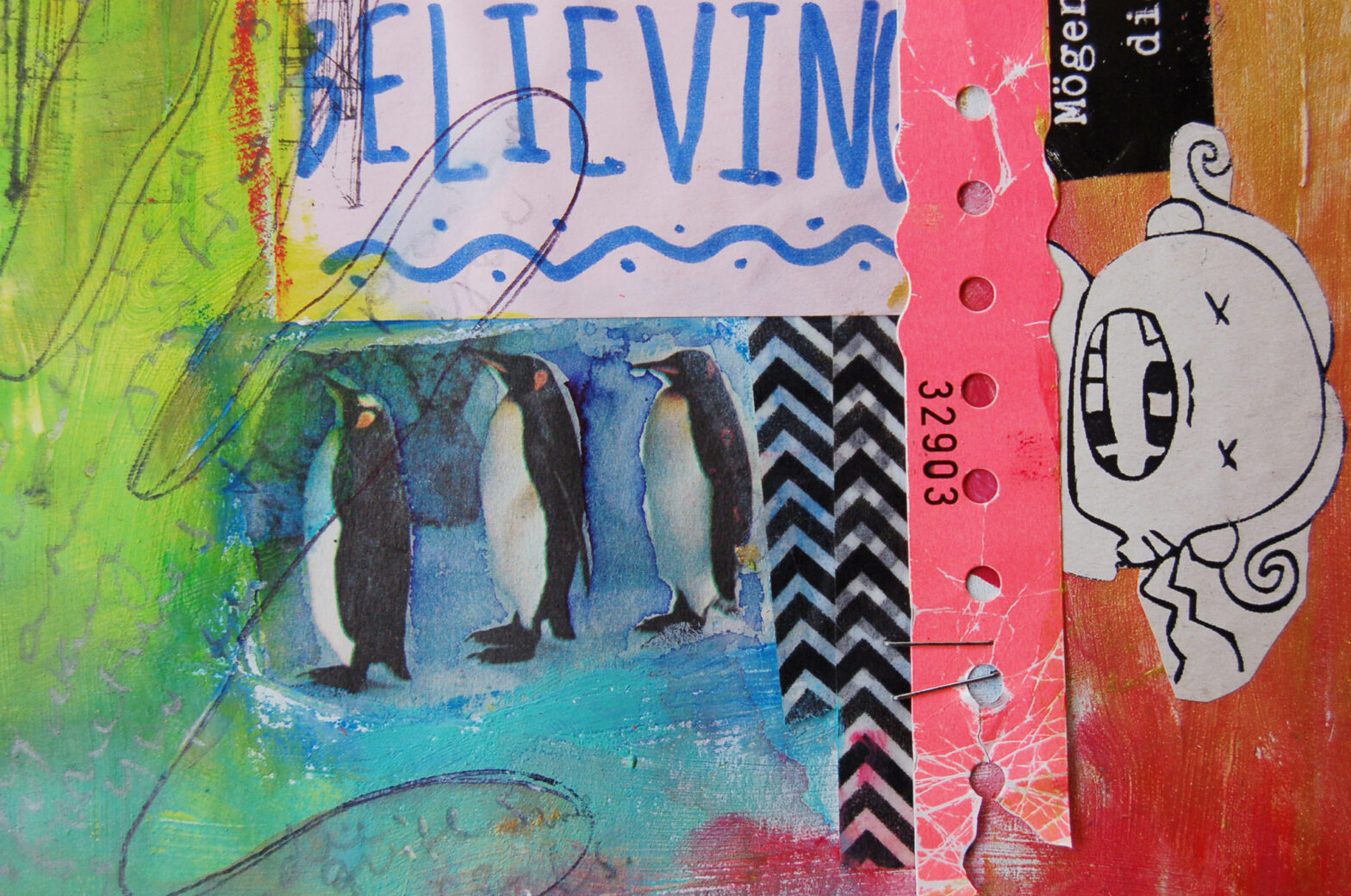
How to Use Structure to Inspire Creativity
•
I wonder about the relationship between structure and creativity, right-brain and left-brain thinking, and the spontaneity of creation and the reliability of planning.
-
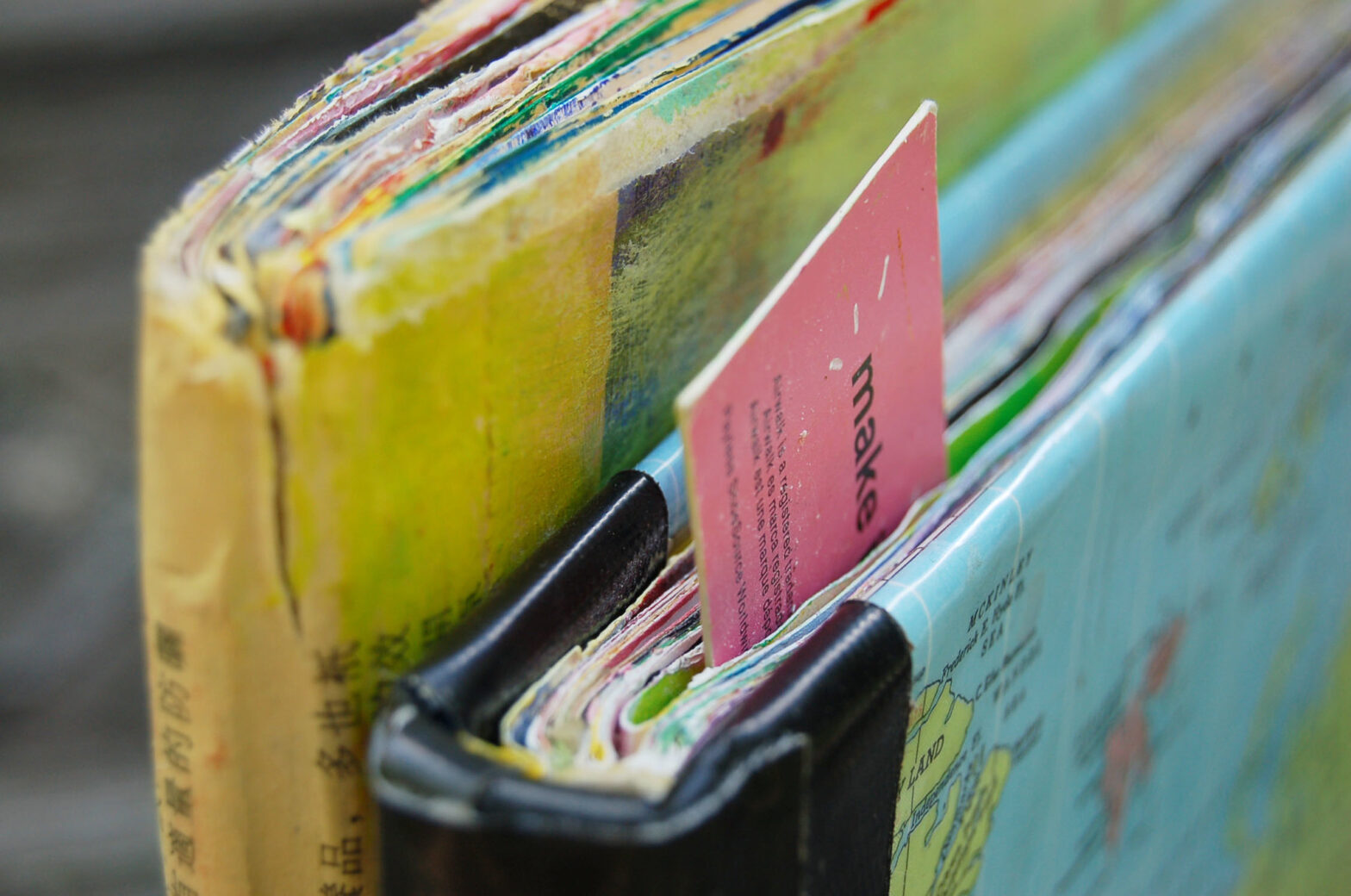
8 Myths about Art Journaling
•
One of the most wonderful things about art journaling – and one of the hardest to become comfortable with – is that there is no wrong way to do it.
-
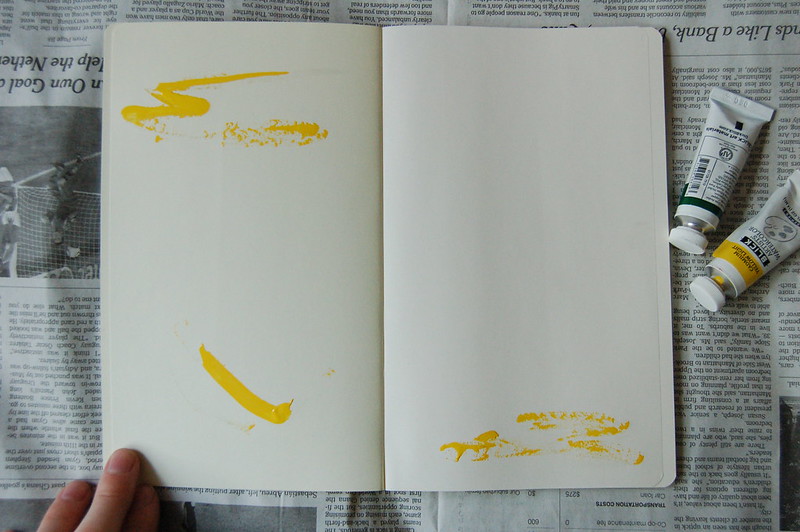
You vs. That Beautiful White Page
•
Behold the dreaded First Page above! It is white, beautiful, smooth, clean, and unmarked – but it is also ordinary, silent, with nothing to say, waiting for you to transform it into something only your mind can imagine and only your hands can create.
